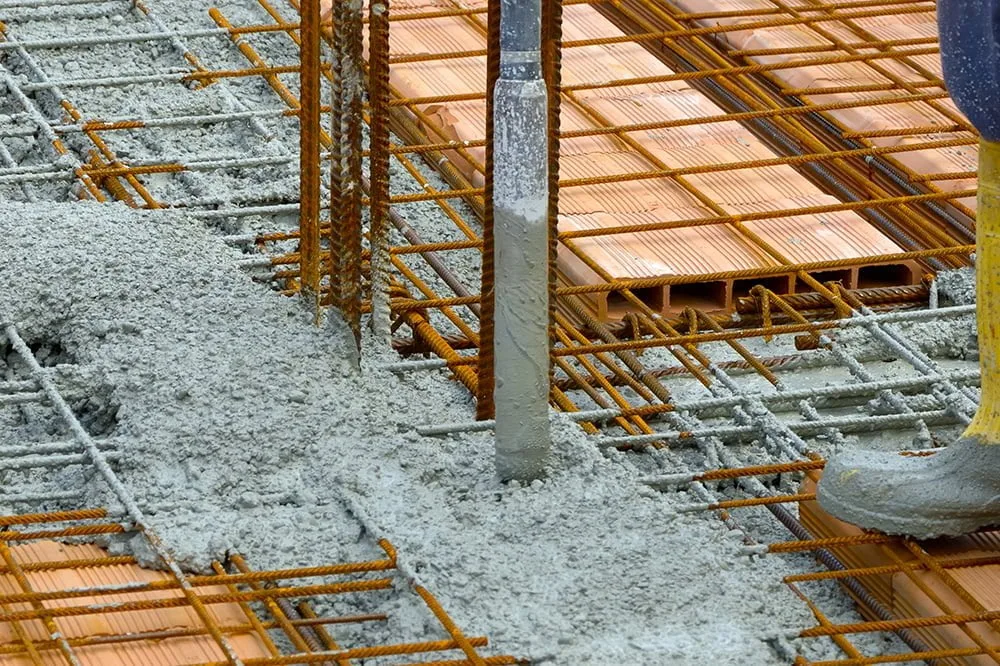Including GGBS in a concrete mix helps to protect from sources of damage and significantly improves the durability of concrete.

When you replace Portland Cement by Ground Granulated Blastfurnace Slag it will reduce the amount of maintenance that concrete structures require. Also, it will extend the overall structural lifespan of the construction.
Various internal and external pressures normally reduce the lifespan of traditional concrete. Using GGBS to replace Portland Cement in traditional concrete helps to solve these problems.
We can identify three main challenges:
The use of GGBS as a cement replacement will improve the resistance of concrete against sulfate attack from soils by reducing concrete permeability and improving its chemistry to resist attack.
Concrete made using traditional Portland Cement can crack and weaken if exposed to soluble sulfates that are common in the ground. This is due to a chemical reaction that takes place between the sulfates and compounds found in Portland Cement causing the concrete to expand and crack.
Sulfates naturally occur in the ground and in severe cases of sulfate exposure can pose a significant structural threat to concrete. Sulfate attack usually presents itself in one of three ways:
Alkali-Silica Reaction (ASR): When a concrete structure is exposed to moisture, a reaction can begin between forms of silica found in concrete ingredients and the alkali cement paste. This reaction causes a gel to form, which swells as it absorbs water, leading to cracking and structural damage. The alkalis in GGBS are less soluble and react less freely with the silica greatly increasing the durability of the concrete.
GGBS helps to create a denser concrete, which makes it more challenging for chlorides to penetrate to the steel and cause damaging corrosion. GGBS also produces chemical compounds that actively bind chloride ions, further reducing the risk of them reaching the steel.
Without this protection the chloride ions can diffuse to the steel surface and break the protective layer normally provided by the alkaline cement. Corrosion can then rapidly progress unseen until the expansion starts to make the concrete weaken and fail.
The use of GGBS helps to significantly reduce the heat of hydration during concrete pours and lowers temperature rises, reducing the risk of thermal cracking.
Thermal cracking in concrete can occur during the hydration of cement. Hydrating cement generates heat due to exothermic reaction and this heat causes the concrete to expand, and then contract when cooling. Thermal cracking can be especially problematic in mass concrete pours which create large amounts of heat.
Due to the more steady hydration of concrete made with GGBS, heat is released in a more controlled manner. This allows heat to be dissipated and expansion and contraction reduced, and the risk of cracking minimised.